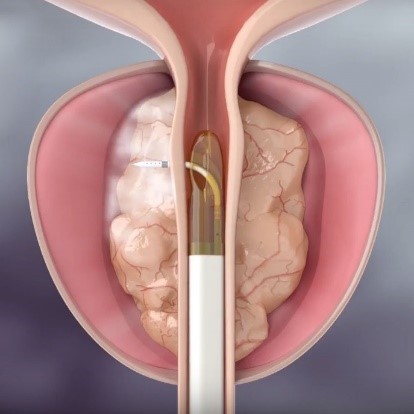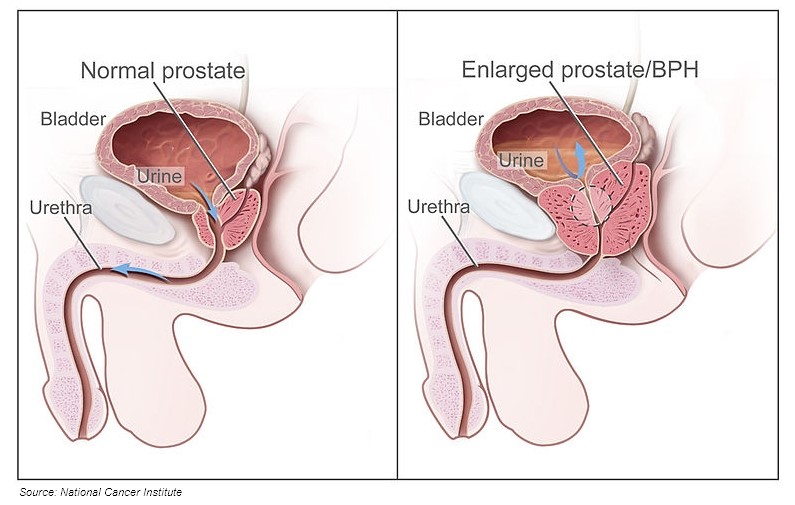The therapeutic options for BPH range from medical management to invasive surgery. Transurethral resection of the prostate (TURP) remains the gold standard in managing BPH, but advances in technology have increased the number of minimally invasive surgery options, of which UroLift and Rezum are two new options.
Transurethral Resection of Prostate (TURP)
In TURP, the obstructing part of the prostate gland is removed using a special instrument called the resectoscope that is inserted via the urinary passage.
This procedure is done under General Anaesthesia or Regional Anaesthesia. The amount of prostate tissue removed will depend on the size of the prostate gland. This is an in-patient procedure with an average length of stay of 2 to 3 days.
Indications for TURP:
- Acute/Chronic Urinary Retention
- Recurrent urinary tract infections
- Bladder stone secondary to BPH
- Renal insufficiency due to BPH
- Large bladder diverticulum/diverticula
- Failed medical therapy
UroLift
The UroLift system uses a revolutionary approach to treat BPH by lifting and holding the enlarged prostate tissue out of the way, so it no longer blocks the urethra. There is no heating, cutting, or removal of prostate tissue.

The procedure is free from possible serious adverse effects of traditional BPH surgery, such as stress urinary incontinence and transfusion, and provide a quick relief of BPH symptoms with shorter recovery time.
Rezum
Rezum is a transurethral thermal therapy that uses steam to treat BPH by delivering targeted, controlled doses of thermal energy directly to the prostate gland. The steam is dispersed between cells, releasing heat that gently kills the excess prostate cells. Over time, the body's natural healing response removes the dead cells, shrinking the prostate and opening up the urethra, thus relieving the BPH symptoms.

Rezum is similarly performed as a day case. Post procedure, patients need to be on a urinary catheter for 10 to 14 days. Most men experience symptom relief in 1 to 3 months and will be able to return to normal activities within 2 to 4 weeks after treatment.
Suitable patients for Urolift and Rezum:
- Moderate BPH symptoms
- Want to preserve sexual function
- Long-term medication has not work or does not wish to be on long-term medication
- Not able to tolerate the side effects of medication
- Prostate volume 30 to 80mls
Your doctor should help you to decide between UroLift and Rezum, based on your prostate anatomy. You will have a choice on your preferred procedure if your anatomy is favourable for both procedures.


















